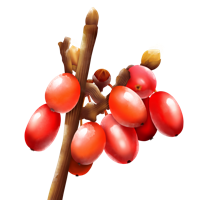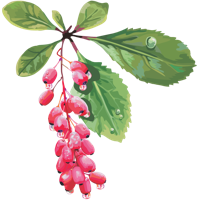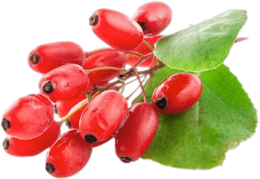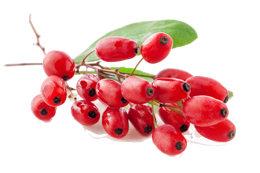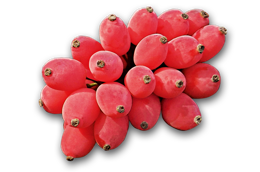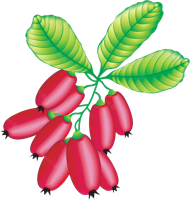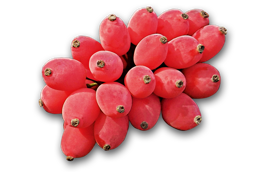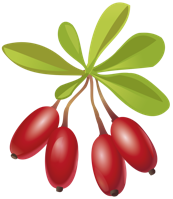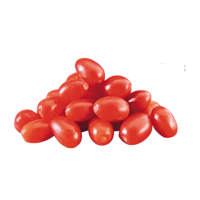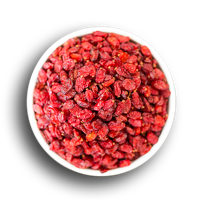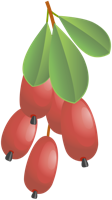In this berberis page you can download free berberis PNG images: berberis PNG images free download
In this gallery of berberis, we have 13 free PNG images with transparent background.
Berberis, commonly referred to as barberry, is a diverse genus encompassing both deciduous and evergreen shrubs ranging from 1 to 5 meters (3.3 to 16.4 feet) in height. These shrubs are distributed across temperate and subtropical regions worldwide, with the exception of Australia. South America and Asia boast the highest species diversity, while Europe, Africa, and North America also host native species. Among the most familiar is Berberis vulgaris, the European barberry, prevalent in Europe, North Africa, the Middle East, and central Asia, and widely introduced in North America.
Many Berberis species exhibit spines along their shoots and leaf margins. The genus displays dimorphic shoots: long shoots, which form the plant's structure, and short shoots measuring only 1–2 mm (0.039–0.079 in) in length. Long shoot leaves are non-photosynthetic and develop into one to three or more spines, ranging from 3 to 30 mm (0.12–1.18 in) in length. Each thorn-leaf axil bud then gives rise to a short shoot bearing several typical, photosynthetic leaves, 1–10 cm (0.39–3.94 in) long, either entire or with spiny margins. Adult foliage typically emerges after the plant is 1–2 years old. Several deciduous species, such as Berberis thunbergii and B. vulgaris, are admired for their striking pink or red autumn foliage. In certain evergreen species from China, like B. candidula and B. verruculosa, the leaf undersides are brilliantly white, a highly valued horticultural trait. Some cultivated varieties of B. thunbergii showcase foliage ranging from dark red to violet.
Berberis flowers appear singly or in racemes of up to 20 on a single flower-head, typically yellow or orange and measuring 3–6 mm (0.12–0.24 in) in length. Sepals are typically six, occasionally three or nine, with six petals arranged in alternating whorls of three, often mirroring the color of the sepals. The fruit, a small berry measuring 5–15 mm (0.20–0.59 in) in length, ripens to red or dark blue, often adorned with a pink or violet waxy surface bloom. While some species may bear long and narrow berries, others produce spherical ones.
The distinction between compound-leaved species and those with simple leaves has led some authors to classify the former under the genus Mahonia. However, many botanists prefer to include all species within the single genus Berberis, citing the absence of consistent differences between the two groups, apart from leaf pinnation. Recent DNA-based studies suggest that while unifoliolate-leaved Berberis species are derived from within a paraphyletic group, including shrubs with imparipinnate evergreen leaves, the genus is broadly monophyletic.
